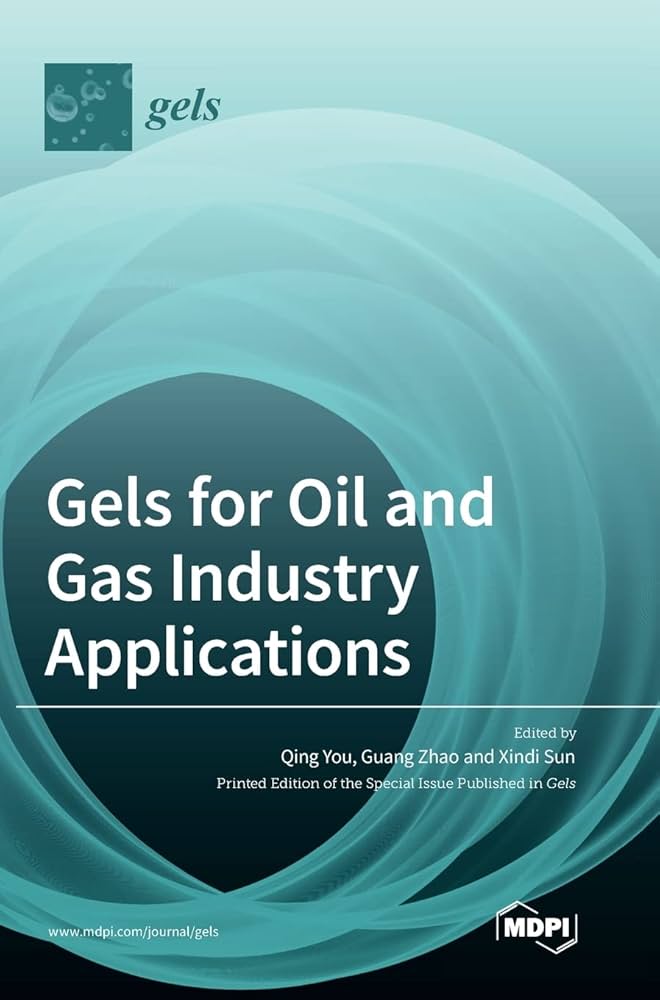Engineering of PVA/PVP Hydrogels for Agricultural Applications
IF 5.3
3区 化学
Q1 POLYMER SCIENCE
引用次数: 1
Abstract
Hydrogels have gained significant popularity in agricultural applications in terms of minimizing waste and mitigating the negative environmental impact of agrochemicals. This review specifically examines the utilization of environmentally friendly, shapable hydrogels composed of polyvinyl alcohol (PVA) and polyvinylpyrrolidone (PVP) in various casings for crop protection against different pests, fertilizing, and watering. To activate their effectiveness, PVA/PVP hydrogels were loaded with both hydrophilic and hydrophobic environmentally friendly pesticides, namely hydrogen peroxide (HP), the essential oil thymol, and urea as a fertilizer, either separately or in combination. This review covers various physical and chemical approaches used for loading, shaping, and controlling the release profiles of pesticides and fertilizers. Additionally, it explores the evaluation of the chemical composition, structure, classification, rheology, and morphology of the hydrogels as well as their impact on the thermal stability of the encapsulated pesticides and fertilizer, followed by biological tests. These hydrogels significantly contribute to the stabilization and controlled release of essential nutrients and biocides for plants, while maintaining excellent biocidal and fertilizing properties as well as sustainability characteristics. By shedding light on the latest insights into the concepts, applications, and results of these hydrogels, this review demonstrates their immense potential for widespread future use in agriculture.农业用PVA/PVP水凝胶工程
水凝胶在减少浪费和减轻农用化学品对环境的负面影响方面在农业应用中获得了显著的普及。本文综述了聚乙烯醇(PVA)和聚乙烯吡咯烷酮(PVP)组成的环保型易成型水凝胶在各种作物保护膜中的应用,以防止不同的害虫、施肥和浇水。为了激活其有效性,PVA/PVP水凝胶分别装载亲水和疏水环保型农药,即过氧化氢(HP)、百里香酚精油和尿素作为肥料,或单独或组合。本文综述了各种物理和化学方法用于装载、塑造和控制农药和肥料的释放曲线。此外,它还探讨了水凝胶的化学成分、结构、分类、流变学和形态的评价,以及它们对包封的农药和肥料的热稳定性的影响,随后进行了生物测试。这些水凝胶显著有助于植物必需营养物质和杀菌剂的稳定和控制释放,同时保持优异的杀菌剂和施肥性能以及可持续性特征。通过对这些水凝胶的概念、应用和结果的最新见解,本文综述了它们在农业中广泛应用的巨大潜力。
本文章由计算机程序翻译,如有差异,请以英文原文为准。
求助全文
约1分钟内获得全文
求助全文
来源期刊

Gels
POLYMER SCIENCE-
CiteScore
4.70
自引率
19.60%
发文量
707
审稿时长
11 weeks
期刊介绍:
The journal Gels (ISSN 2310-2861) is an international, open access journal on physical (supramolecular) and chemical gel-based materials. Our aim is to encourage scientists to publish their experimental and theoretical results in as much detail as possible. Therefore, there is no restriction on the maximum length of the papers, and full experimental details must be provided so that the results can be reproduced. Short communications, full research papers and review papers are accepted formats for the preparation of the manuscripts.
Gels aims to serve as a reference journal with a focus on gel materials for researchers working in both academia and industry. Therefore, papers demonstrating practical applications of these materials are particularly welcome. Occasionally, invited contributions (i.e., original research and review articles) on emerging issues and high-tech applications of gels are published as special issues.
 求助内容:
求助内容: 应助结果提醒方式:
应助结果提醒方式:


